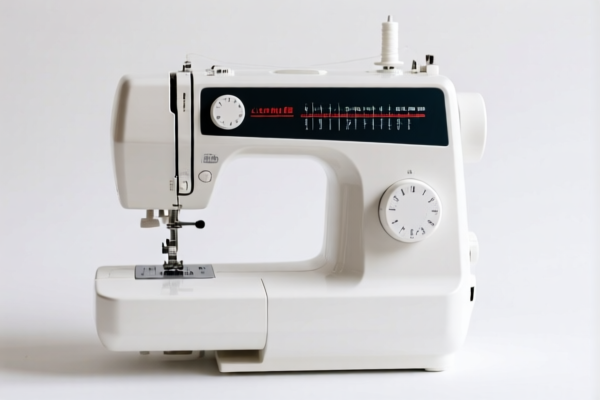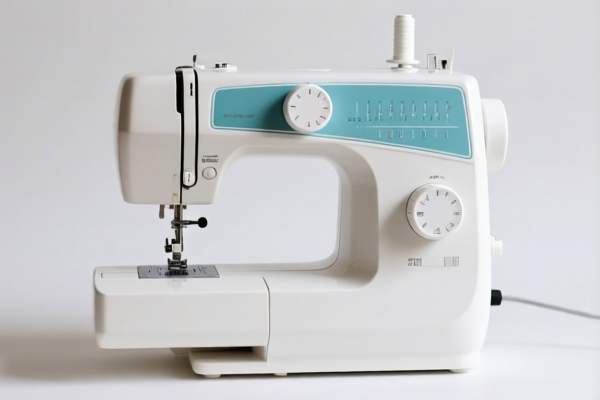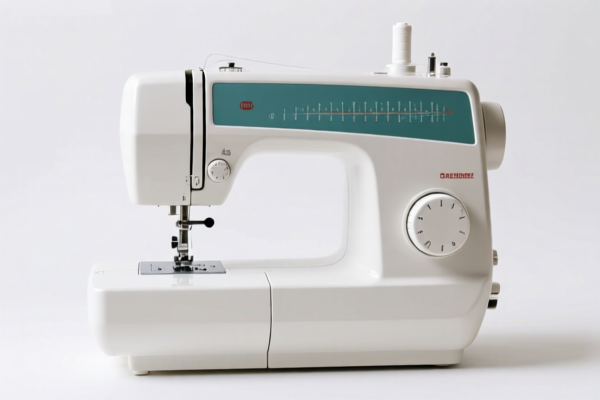| HS Code | Official Doc | Tariff Rate | Origin | Destination | Effective Date |
|---|---|---|---|---|---|
| 8446100010 | Doc | 37.5% | CN | US | 2025-05-12 |
| 8446100090 | Doc | 37.5% | CN | US | 2025-05-12 |
| 8448420000 | Doc | 41.2% | CN | US | 2025-05-12 |
| 8448491000 | Doc | 41.2% | CN | US | 2025-05-12 |
| 8548000000 | Doc | 55.0% | CN | US | 2025-05-12 |
| 8548000000 | Doc | 55.0% | CN | US | 2025-05-12 |




Weaving Machine
A weaving machine is a mechanical device used to produce textile fabrics from yarn or threads by interlacing two sets of yarns at right angles to each other. This process creates a woven fabric, historically done manually, but largely automated in modern manufacturing.
Material
Weaving machines are primarily constructed from:
- Metal: Steel, cast iron, and aluminum alloys form the structural components, providing strength and durability.
- Plastics & Composites: Used for smaller parts, housings, and components requiring lower weight or specific properties.
- Rubber: Employed in components like drive belts and seals.
- Electronic Components: Modern machines utilize substantial electronics for control, monitoring, and automation.
Purpose
The primary purpose of a weaving machine is the efficient, large-scale production of woven fabrics. These fabrics are used in a vast array of applications, including:
- Clothing: Apparel fabrics like cotton, silk, linen, polyester, and blends.
- Home Textiles: Sheets, towels, upholstery, curtains, carpets.
- Industrial Applications: Filter cloths, geotextiles, reinforcement materials, tire cord.
- Technical Textiles: Medical textiles, protective clothing, automotive fabrics.
Function
The core function of a weaving machine involves three main motions:
- Shedding: Separating the warp yarns (the lengthwise yarns) into two groups, creating a space (the shed) for the weft yarn to pass through.
- Picking: Inserting the weft yarn (the crosswise yarns) through the shed.
- Beating-up: Pushing the weft yarn firmly into place, forming a tight weave.
These motions are typically automated and precisely controlled to create consistent fabric structures. Modern machines also incorporate let-off (feeding warp yarn) and take-up (winding finished fabric) mechanisms.
Usage Scenarios
Weaving machines are found in a variety of settings:
- Large Textile Mills: High-volume production of standard fabrics.
- Specialty Weaving Facilities: Production of niche fabrics with unique characteristics.
- Small-Scale Workshops: Production of custom fabrics, samples, or artisanal textiles.
- Research & Development Labs: Fabric innovation and prototyping.
Common Types
Several types of weaving machines exist, each suited to different fabric types and production needs:
- Rapier Looms: Utilize a rapier (a long, narrow shuttle) to insert the weft yarn. Versatile and suitable for a wide range of yarns and fabric types.
- Shuttle Looms: Employ a shuttle to carry the weft yarn across the warp. Historically common, now less prevalent due to speed limitations.
- Air-Jet Looms: Use jets of air to propel the weft yarn through the shed. High-speed and suitable for lighter fabrics.
- Water-Jet Looms: Utilize jets of water to insert the weft yarn. Suitable for synthetic yarns.
- Multi-Phase Looms: Combine different weft insertion methods for increased versatility and efficiency.
- Jacquard Looms: Utilize a complex system of cards or electronic controls to create intricate patterns.
- Dobby Looms: Produce smaller, geometric patterns.
- Narrow Fabric Looms: Designed for weaving narrow fabrics like ribbons, tapes, and labels.
Accessories
A variety of accessories are essential for the operation and maintenance of weaving machines:
- Shuttles: (For shuttle looms) Carry the weft yarn. Different types exist for different yarn types and fabric widths.
- Rapiers: (For rapier looms) Insert the weft yarn.
- Healds/Harnesses: Frames that hold the warp yarns and control the shedding motion.
- Reeds: Metal combs that guide the weft yarn and create fabric density.
- Warp Stop Motions: Detect broken warp yarns and automatically stop the loom.
- Weft Sensors: Detect broken or missing weft yarns.
- Let-off Mechanisms: Control the feeding of warp yarn to the loom.
- Take-up Rollers: Wind the finished fabric onto a roll.
- Lubricants & Cleaning Supplies: Maintain machine performance.
- Pattern Cards/Electronic Controllers: (For Jacquard and Dobby looms) Control the weaving pattern.
- Spare Parts: Essential for repairs and maintenance.
- Yarn Tension Control Devices: Ensure consistent yarn feed.
Weaving Machine and its Accessories: HS Code Classification
The following HS codes are relevant to the declared goods "weaving machine and its accessories", based on the provided information:
-
8446100010: This HS code covers Weaving machines (looms) specifically designed For weaving fabrics of a width not exceeding 30 cm.
- Chapter 84: Machinery and mechanical appliances; parts thereof.
- Heading 8446: Weaving machines (looms).
- Subheading 8446100010: Further specifies looms for fabrics with a width of 30 cm or less. The total tax rate is 37.5%, comprising a 0.0% base tariff and a 7.5% additional tariff, increasing to 30% after April 2, 2025.
-
8446100090: This HS code also covers Weaving machines (looms), but categorizes those For weaving fabrics of a width not exceeding 30 cm that fall into an 'Other' category.
- Chapter 84: Machinery and mechanical appliances; parts thereof.
- Heading 8446: Weaving machines (looms).
- Subheading 8446100090: Specifies looms for fabrics with a width of 30 cm or less, but categorized as 'Other'. The total tax rate is 37.5%, comprising a 0.0% base tariff and a 7.5% additional tariff, increasing to 30% after April 2, 2025.
-
8448420000: This HS code covers Parts and accessories of weaving machines (looms) or of their auxiliary machinery: specifically Reeds for looms, healds and heald-frames.
- Chapter 84: Machinery and mechanical appliances; parts thereof.
- Heading 8448: Auxiliary machinery for use with machines of headings 8444, 8445, 8446 or 8447; parts and accessories suitable for use solely or principally with the machines of this heading or of headings 8444, 8445, 8446 or 8447.
- Subheading 8448420000: Specifically identifies reeds, healds, and heald-frames as parts and accessories for weaving machines. The total tax rate is 41.2%, comprising a 3.7% base tariff and a 7.5% additional tariff, increasing to 30% after April 2, 2025.
-
8448491000: This HS code covers Parts and accessories of weaving machines (looms) or of their auxiliary machinery: specifically Other: Shuttles.
- Chapter 84: Machinery and mechanical appliances; parts thereof.
- Heading 8448: Auxiliary machinery for use with machines of headings 8444, 8445, 8446 or 8447; parts and accessories suitable for use solely or principally with the machines of this heading or of headings 8444, 8445, 8446 or 8447.
- Subheading 8448491000: Specifically identifies shuttles as parts and accessories for weaving machines, categorized as 'Other'. The total tax rate is 41.2%, comprising a 3.7% base tariff and a 7.5% additional tariff, increasing to 30% after April 2, 2025.
Important Note: The additional tariff of 7.5% on HS codes 8446100010 and 8446100090 will increase to 30% after April 2, 2025. Please factor this change into your customs clearance planning.
Customer Reviews
No reviews yet.